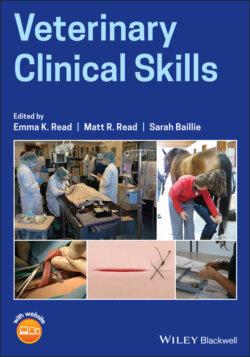Читать книгу Veterinary Clinical Skills - Группа авторов - Страница 19
Backward Curricular Design
ОглавлениеOne methodology that may help with generation of an appropriate list of core clinical skills that should be included in a curriculum is “backward design.” This emerging theme in medical education has been driven by the thought that curricular design should begin at the end, rather than at the beginning (Harden, 2014). With this technique, the outcomes of the educational process are specifically determined first, then the curriculum is designed to achieve these outcomes. This is in contrast to historical approaches where the content that faculty believed should be taught was often developed at the front of the curriculum and arranged without regard for a student's ability to perform the required activities of veterinarians or veterinary nurses as a result of the teaching. A shift to competency‐based education helps address this problem as this model is based on clearly defined and measurable competencies, together with student demonstration that these have been achieved. A number of competency frameworks have been developed for veterinary education, which have helped define the expected outcomes of veterinary curricula (Bok et al., 2011; Shung and Osburn, 2011; AVMA, 2017; Matthew et al., 2020; RCVS, 2020).
